## Hold Your Boarding Pass, Gamers: American Airlines is Bringing the Metaverse to Your Layovers
Forget stale airport food and endless TSA lines. American Airlines just dropped a bombshell announcement that’s about to revolutionize the way we think about connecting flights.
They’re diving headfirst into the metaverse, and no, we’re not talking about clunky VR headsets strapped to your face. This is about seamlessly transitioning your travel experience into a whole new dimension, turning those dreaded layovers into opportunities for adventure, relaxation, or even a quick side-quest.
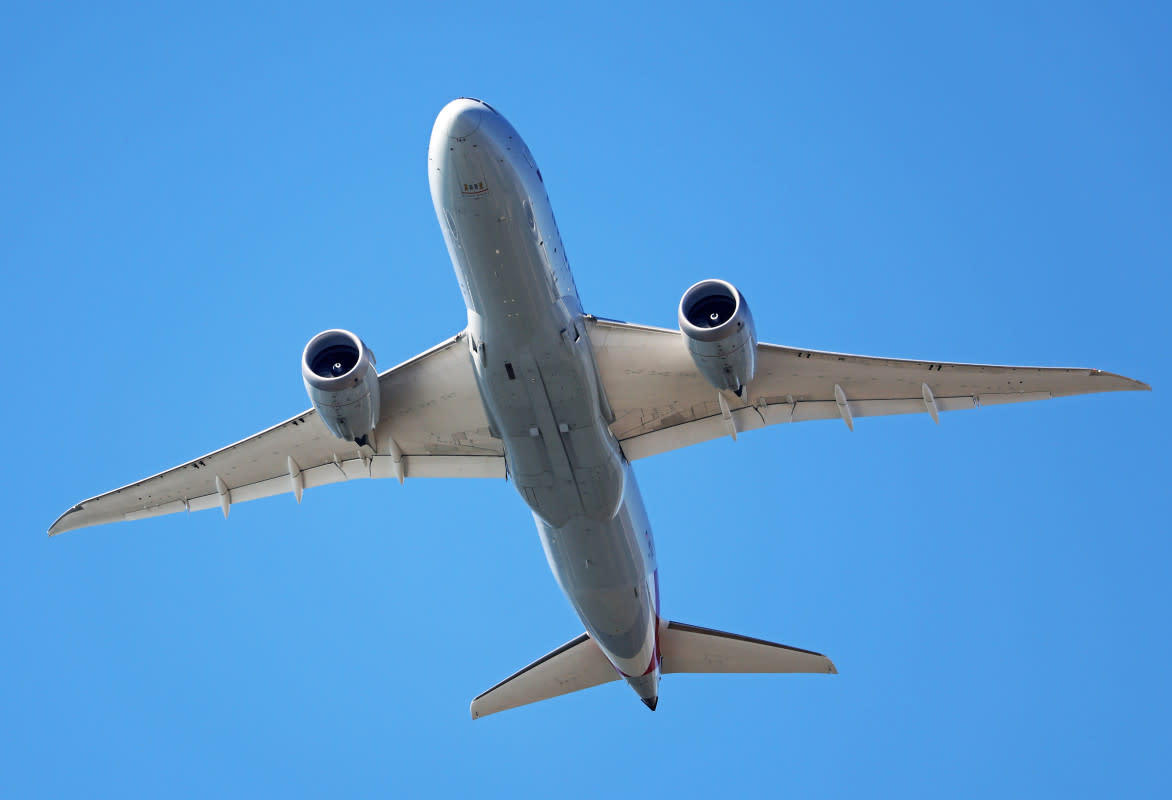
Dallas-Fort Worth Test Ground
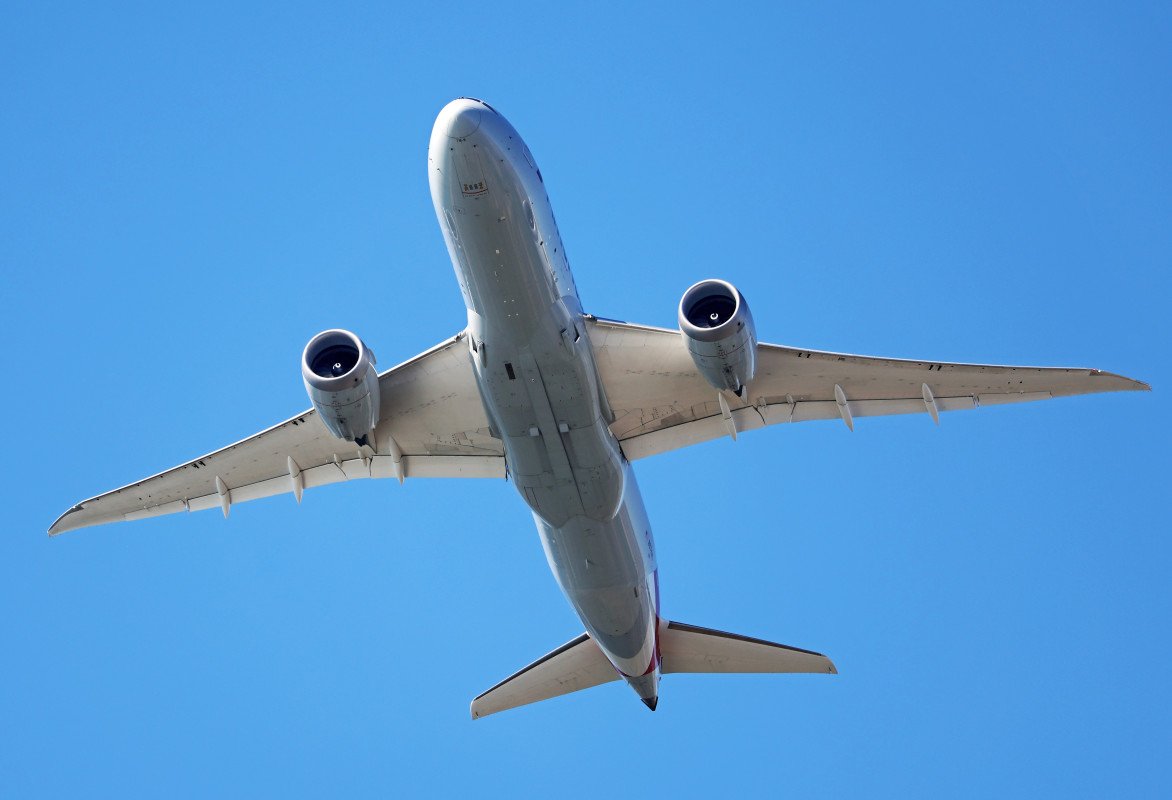
American Airlines’ new technology will initially be rolled out at its Dallas-Fort Worth International Airport (DFW) hub, a strategic choice given its status as one of the busiest airports in the world. This phased implementation allows American to meticulously test and refine the system before expanding it to other major hubs.
The DFW hub handles a staggering volume of connecting flights daily, making it the ideal testbed for analyzing the technology’s effectiveness in managing complex passenger flow and minimizing connection delays. By starting at DFW, American can gather valuable real-world data on the technology’s performance in a high-pressure environment.
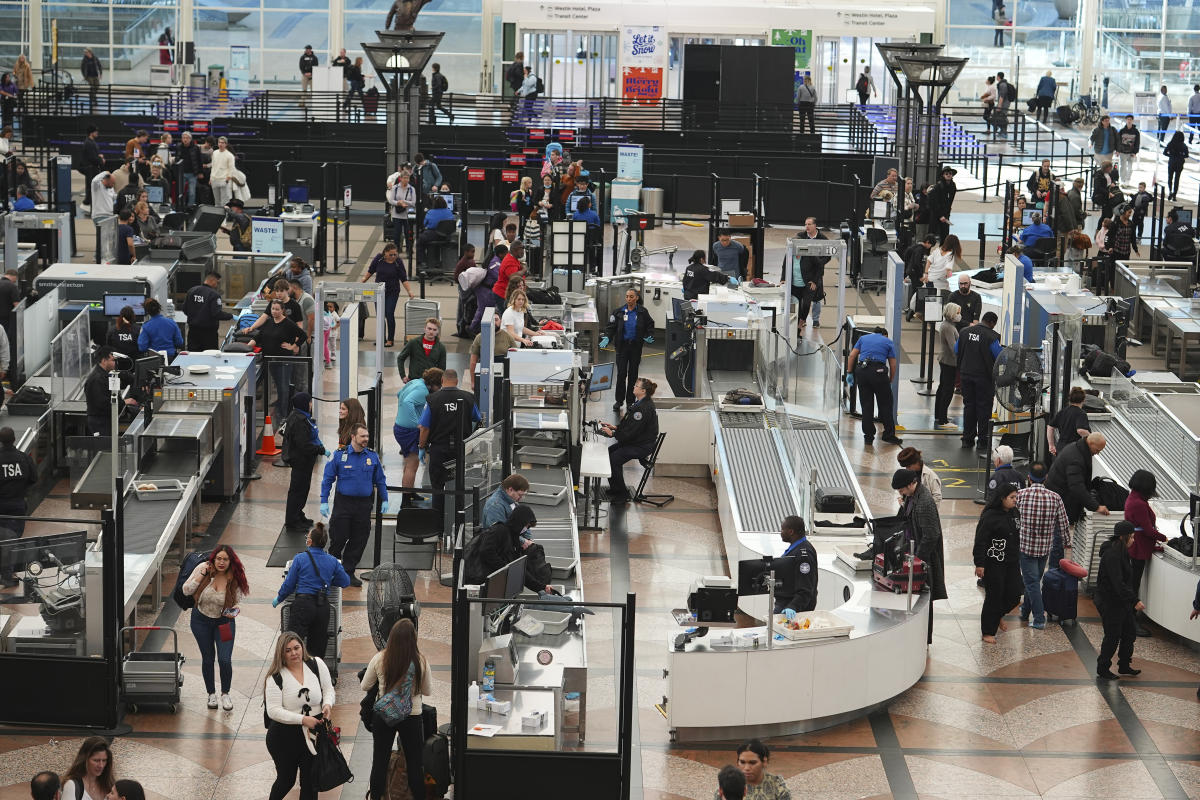
Automated Hold System
Identifying at-Risk Connections
At the heart of this new technology lies an automated system designed to identify connecting flights at risk of disruption. This system analyzes real-time flight data, including arrival and departure times, gate assignments, and passenger manifests.
Sophisticated algorithms then identify potential bottlenecks, delays, or missed connections based on pre-set criteria. This proactive approach allows American Airlines to intervene before a passenger misses their connecting flight, minimizing passenger stress and disruption.
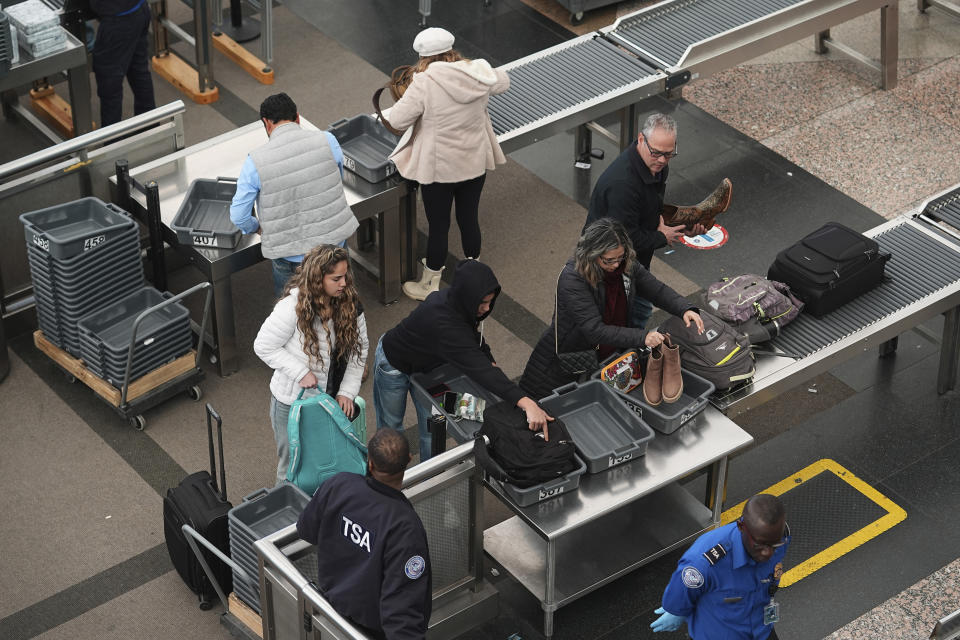
Proposing Short Holds
Once a potential connection issue is identified, the automated system proposes short holds on departing flights. A hold is a temporary delay in a flight’s departure time to accommodate connecting passengers. The system calculates the optimal hold duration based on factors such as the number of passengers at risk, the time required for boarding, and the potential impact on the airline’s overall schedule.
Crucially, the system prioritizes holds that minimize disruption to the broader flight schedule. If a short hold can be implemented without impacting subsequent flights, the system will automatically propose it to the airline’s ground crew.
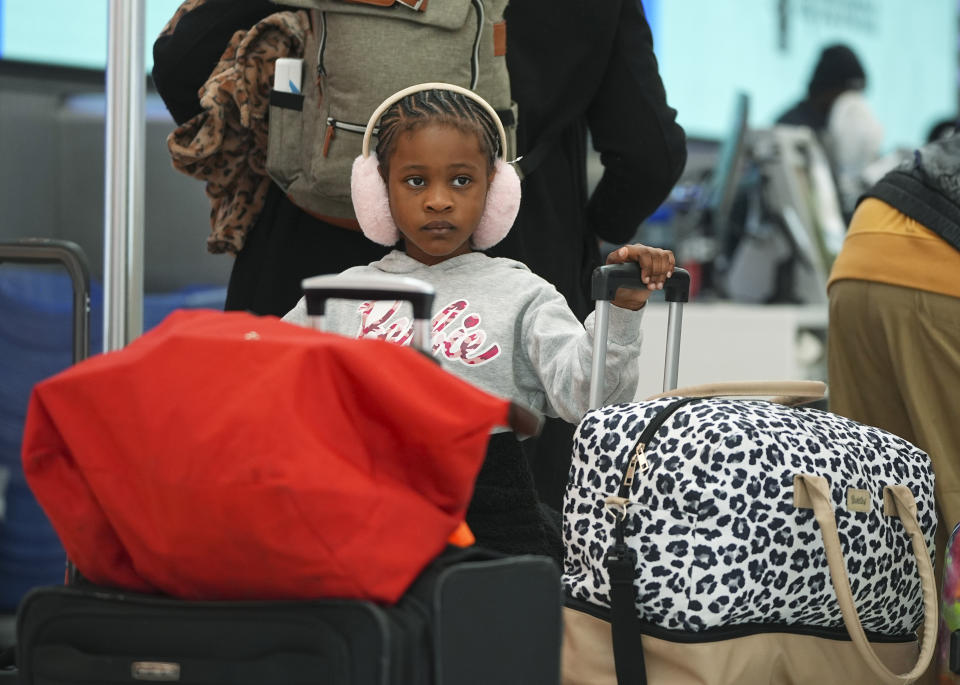
Beyond DFW
After successfully implementing the technology at DFW, American Airlines plans to expand its reach to other major hubs, starting with Charlotte Douglas International Airport (CLT) in North Carolina. CLT is another significant hub for American Airlines, handling a substantial volume of connecting flights.
The airline’s plan to gradually roll out the technology to additional hubs makes strategic sense. It allows American to refine the system based on real-world data from each hub, ensuring optimal performance and minimizing potential disruptions.
While the timeline for full implementation across all hubs remains unclear, American Airlines’ commitment to expanding this technology suggests a long-term vision for optimizing its network and enhancing the passenger experience.

Implications and Future of Seamless Travel
Passenger Experience
The introduction of this new technology has the potential to significantly improve the passenger experience, particularly for travelers with connecting flights. By proactively identifying potential connection issues and implementing short holds when necessary, American Airlines aims to reduce passenger anxiety and stress associated with missed connections.
The efficiency gains could also translate into shorter wait times at gates, smoother transitions between flights, and ultimately, a more enjoyable travel experience.
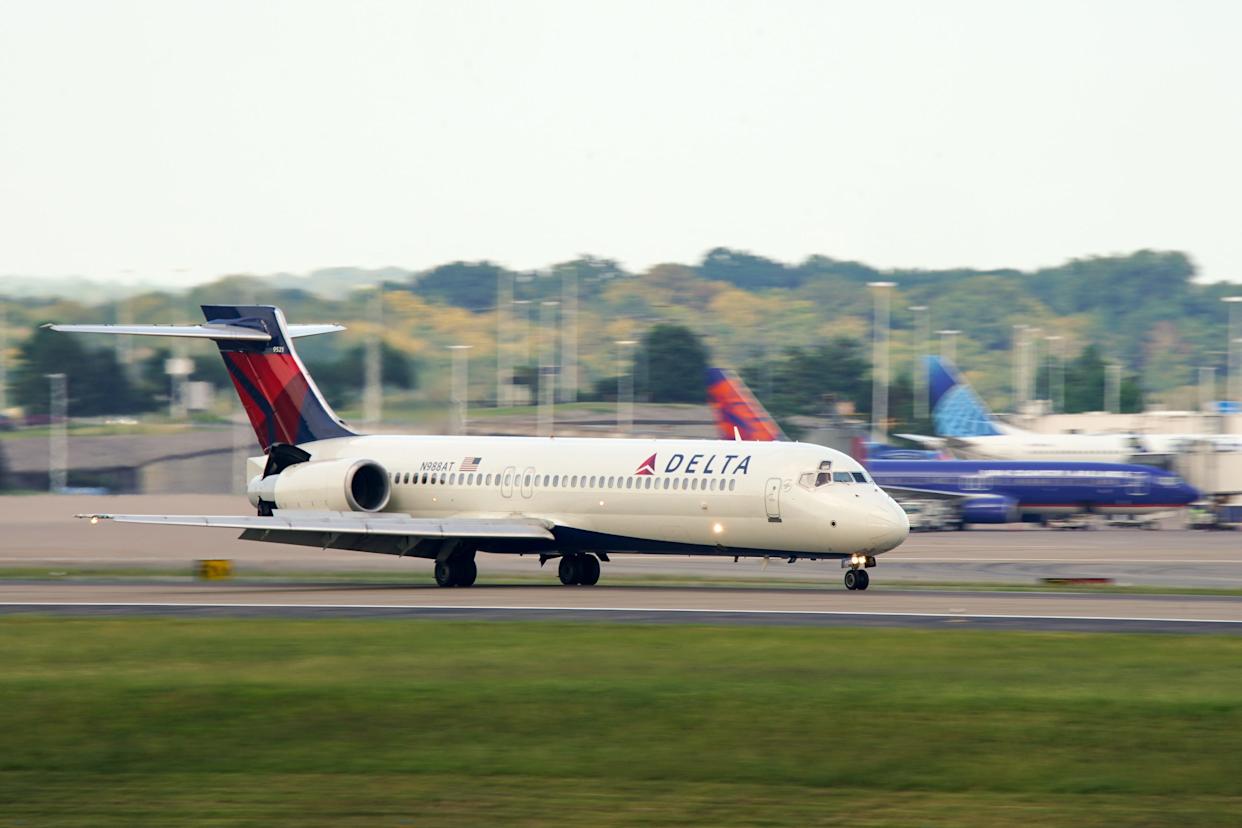
Industry Impact
American Airlines’ investment in this type of technology could have broader implications for the entire airline industry. If successful, it could encourage other airlines to adopt similar solutions, leading to a wider adoption of automation and data-driven decision-making in managing flight operations.
This shift towards automation could lead to improved efficiency, reduced delays, and a more seamless travel experience for passengers across the board.
The Role of AI
The technology behind American Airlines’ new system likely relies heavily on artificial intelligence (AI) and machine learning algorithms. AI’s ability to analyze vast amounts of data, identify patterns, and make predictions in real time makes it well-suited for tasks such as identifying at-risk connections and proposing optimal hold durations.
As AI technology continues to advance, we can expect to see its role in optimizing flight schedules and passenger flow expand further, potentially leading to even more efficient and passenger-centric air travel.
Conclusion
So, American Airlines is pulling a page from the tech world’s playbook, streamlining the often-dreaded process of connecting flights with a new system. By leveraging biometric data and AI, they aim to eliminate the need for traditional check-in and security lines, allowing passengers to breeze through airports with unprecedented ease. This is a big deal for travelers, promising shorter wait times, reduced stress, and more time to actually enjoy their journey. It’s a win-win for both passengers and airlines, potentially leading to increased efficiency and customer satisfaction. This move by American Airlines signals a broader shift in the travel industry. As technology continues to advance, we can expect to see even more innovative solutions emerge, transforming the airport experience as we know it. Imagine a future where every traveler is seamlessly guided through the airport, their journey personalized and optimized thanks to data-driven insights. While this may sound like science fiction, the seeds are already being sown. American Airlines’ bold step is a clear indication that the future of travel is here, and it’s powered by technology. Are you ready to take off?
